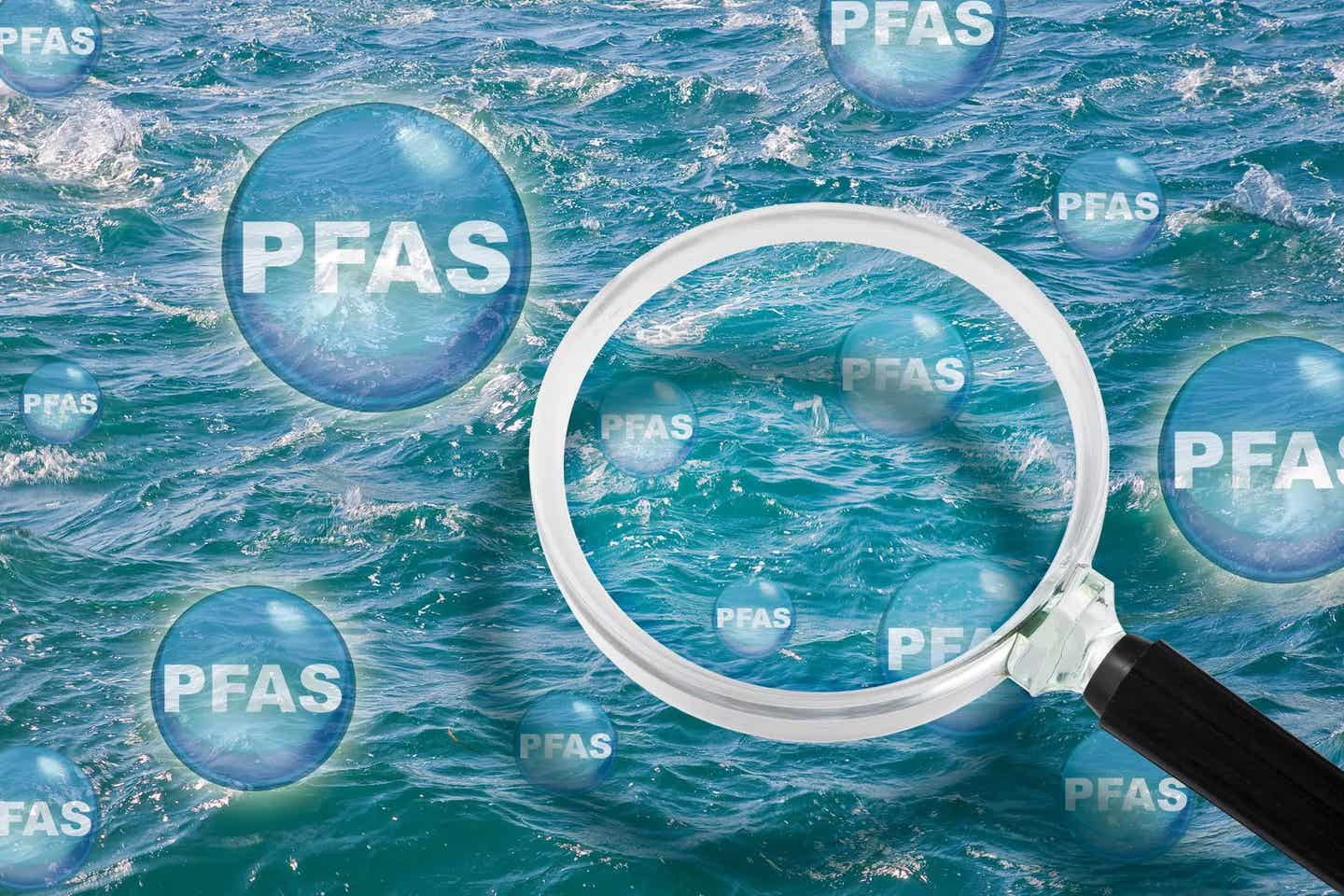Green tech: Scientists use natural light to break down forever chemicals
Researchers have proposed a groundbreaking room-temperature defluorination method using visible light to decompose forever chemicals

Fluorine is a crucial component in many industries, from pharmaceuticals to clean energy technologies.. (CREDIT: Creative Commons)
Perfluoroalkyl substances (PFASs), often called 'forever chemicals,' have become a significant environmental and health threat. Since the invention of Teflon in 1938, PFASs and perfluorinated polymers (PFs) have been widely used due to their stability and resistance to water and heat. These properties made them perfect for many applications, including cookware, clothing, and firefighting foam.
However, their stability also means they do not break down easily in the environment, leading to their accumulation in water, soil, and even human bodies. PFASs are known to cause carcinogenic effects and hormonal disruptions, and today, they can be found in drinking water supplies, food, and even in the soil of Antarctica.
Despite plans to phase out PFAS production, treating these chemicals remains challenging as they only decompose at temperatures above 400 °C. Consequently, products containing PFASs often end up in landfills, posing future contamination risks.
Researchers at Ritsumeikan University have proposed a groundbreaking room-temperature defluorination method that could transform PFAS treatment.
Their study, published in the journal Angewandte Chemie International Edition, describes a photocatalytic method using visible light to break down PFAS and other fluorinated polymers (FPs) into fluorine ions at room temperature. Remarkably, they achieved 100% defluorination of perfluorooctanesulfonate (PFOS) within just eight hours of light exposure.
“The proposed methodology is promising for the effective decomposition of diverse perfluoroalkyl substances under gentle conditions, thereby significantly contributing towards the establishment of a sustainable fluorine-recycling society,” says Professor Yoichi Kobayashi, the lead author of the study.
This innovative method involves irradiating visible LED light onto cadmium sulfide (CdS) nanocrystals and copper-doped CdS (Cu-CdS) nanocrystals with surface ligands of mercaptopropionic acid (MPA) in a solution containing PFAS, FPs, and triethanolamine (TEOA). When these semiconductor nanocrystals are irradiated, they generate electrons with high reduction potential that can break the strong carbon-fluorine bonds in PFAS molecules.
Related Stories
To initiate the photocatalytic reaction, the researchers added 0.8 mg of CdS nanocrystals, 0.65 mg of PFOS, and 20 mg of TEOA to 1.0 ml of water. Exposing the solution to 405-nanometer LED light excited the nanoparticles, generating electron-hole pairs and promoting the removal of MPA ligands from the nanocrystal surface, allowing PFOS molecules to adsorb onto the nanocrystal surface.
To prevent photoexcited electrons from recombining with holes, TEOA was added to capture the holes and extend the lifetime of reactive electrons available for PFAS decomposition. These electrons undergo an Auger recombination process, where one exciton (an electron-hole pair) recombines non-radiatively, transferring its energy to another electron, creating highly excited electrons. They possess enough energy to react with the PFOS molecules adsorbed on the nanocrystal surface, breaking the carbon-fluorine bonds and resulting in the removal of fluorine ions from the PFAS molecules.
Laser flash photolysis measurements confirmed the presence of hydrated electrons generated by Auger recombination, identifying transient species based on the absorption spectrum upon laser pulse excitation. The defluorination efficiency depended on the amount of nanocrystals and TEOA used and increased with the duration of light exposure.
For PFOS, the defluorination efficiency was 55% after one hour, 70-80% after two hours, and 100% after eight hours of light irradiation. This method also achieved 81% defluorination of Nafion, a widely used fluoropolymer, after 24 hours of light exposure. (CREDIT: Ritsumeikan University)
Fluorine is a crucial component in many industries, from pharmaceuticals to clean energy technologies. Recovering fluorine from waste PFAS can reduce reliance on fluorine production and establish a more sustainable recycling process. “This technique will contribute to the development of recycling technologies for fluorine elements, which are used in various industries and support our prosperous society,” concludes Prof. Kobayashi.
By implementing this photocatalytic method, you can help mitigate the environmental and health impacts of PFASs, turning a persistent problem into a valuable resource. This innovative approach not only addresses the challenge of PFAS decomposition but also paves the way for a more sustainable and environmentally friendly future.
Note: Materials provided above by The Brighter Side of News. Content may be edited for style and length.
Like these kind of feel good stories? Get The Brighter Side of News' newsletter.
Joshua Shavit
Science & Technology Writer | AI and Robotics Reporter
Joshua Shavit is a Los Angeles-based science and technology writer with a passion for exploring the breakthroughs shaping the future. As a contributor to The Brighter Side of News, he focuses on positive and transformative advancements in AI, technology, physics, engineering, robotics and space science. Joshua is currently working towards a Bachelor of Science in Business Administration at the University of California, Berkeley. He combines his academic background with a talent for storytelling, making complex scientific discoveries engaging and accessible. His work highlights the innovators behind the ideas, bringing readers closer to the people driving progress.



